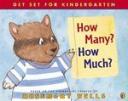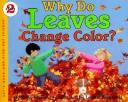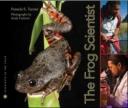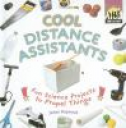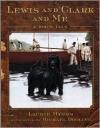Introduction and Summary
In How Many, How Much, by Rosemary Wells, Timothy and his friends learn about a variety of topics including: numbers, measuring, and money. In one example, they are going to measure something in school. As the reader, you are asked to look at the ruler at the top of the page and notice that the four is missing. You are asked to use the ruler to measure a pencil. In another example, the friends use their feet to measure distance. Two characters walk from their seat to the Learning Tree and the reader is asked who sits closer/farther away from the tree. In an exercise related to this, the reader is asked to use his feet to measure things. The question posed is: In your bedroom, how many steps is your bed from the door? In this manner, the child will transfer his learning from the book into his own experience.
This book includes many useful exercises involving numbers, shapes, and money and could be used for a variety of lessons.
Curriculum Connections
This enjoyable book would be an excellent resource for a kindergarten classroom. It contains many activities that the teacher can do with the class as she reads the book to them. It opens with an activity involving counting in which the children can be asked how many teachers and students do they see in the picture. It contains an a simple activity involving classification of objects and another for identifying colors and shapes (K.1 k-objects are described pictorally and verbally). In addition, this resource asks questions about days of the week and how to use money (K.1 k). Finally, there are exercises involving measurement. These are simple, yet interactive and fun for students. (K.1 e, g, h: standards focused on measurement)
Additional Resources
- Measurement Man: This site provides an interactive activity to help students learn measurement conversions.
- First Grade Measuring Game: This site provides an interactive activity for students to measure different lengths of pencils with a measuring stick.
- How Tall: This interactive game allows students to estimate measurements by using non standard units.
Book: How Many, How Much
Author: Rosemary Wells
Illustrator: Michael Koelsch
Publisher: Penguin Putnam Inc.
Publication Date: 2001
Pages: 24 pages
Grades: K-1
ISBN: 0-670-89652-7

